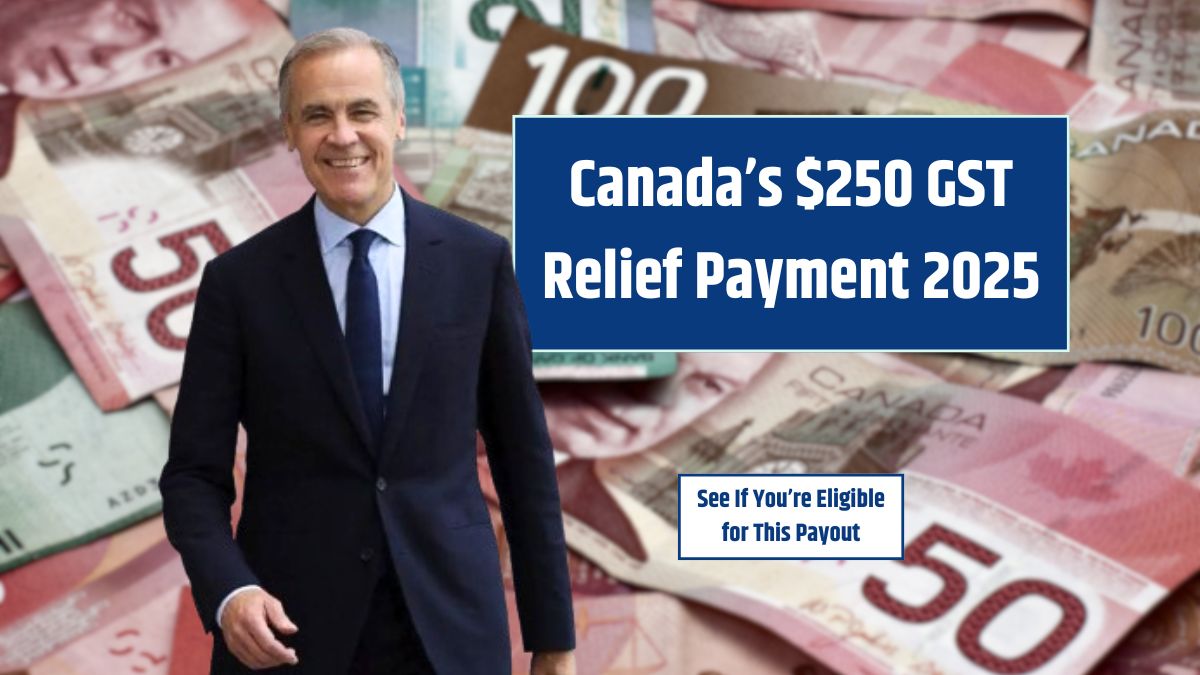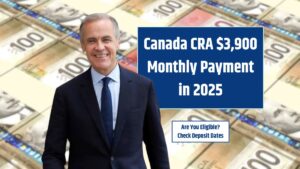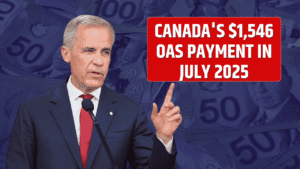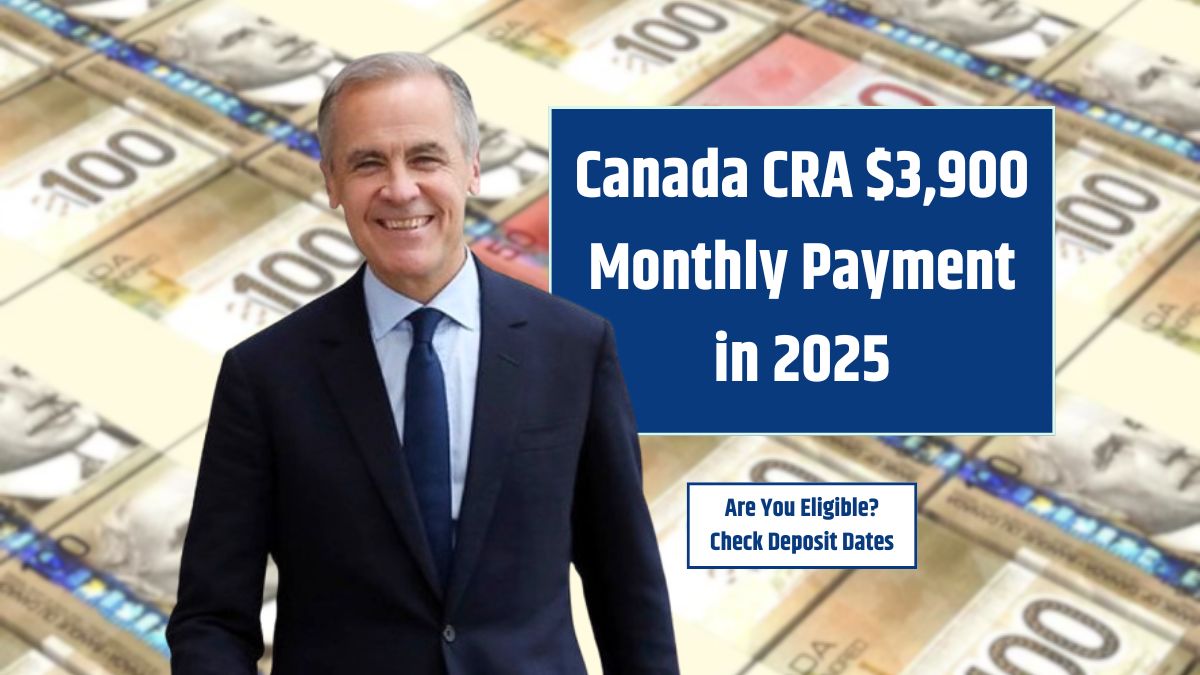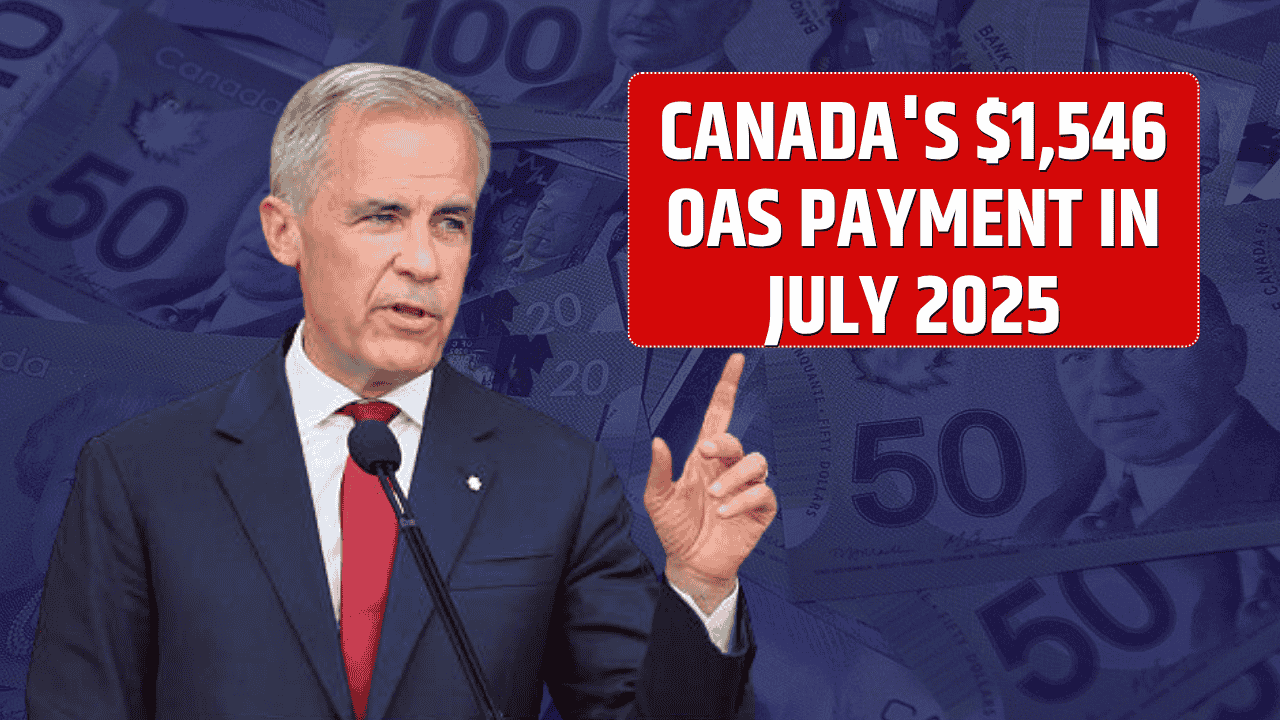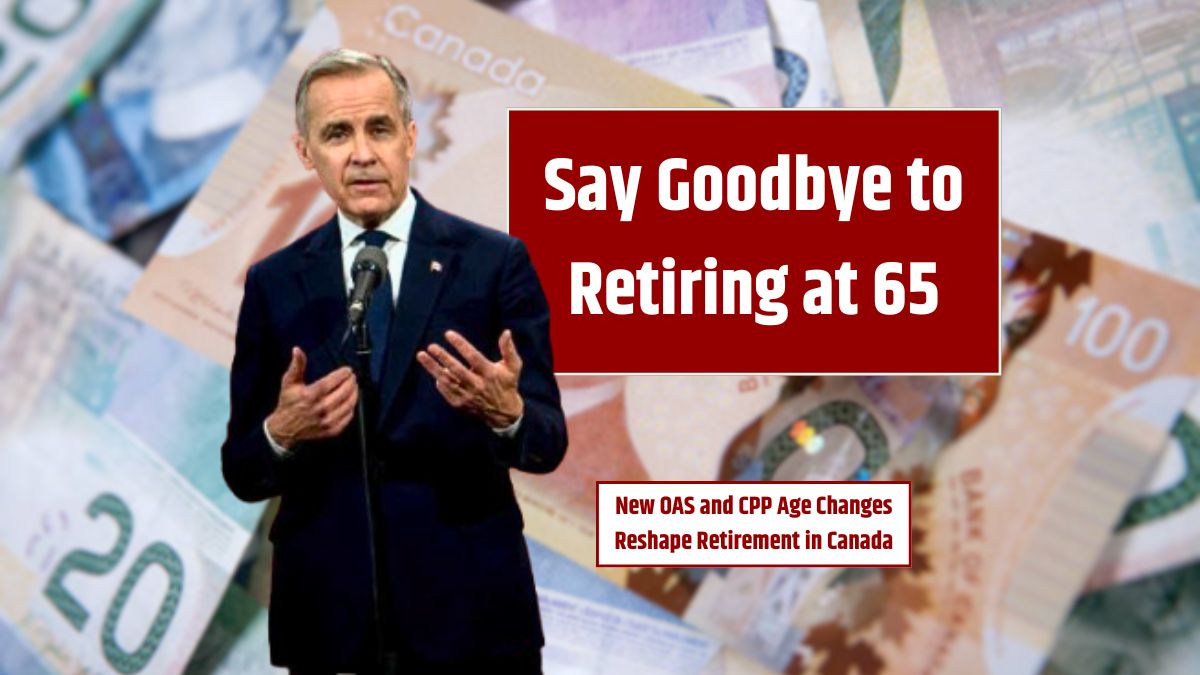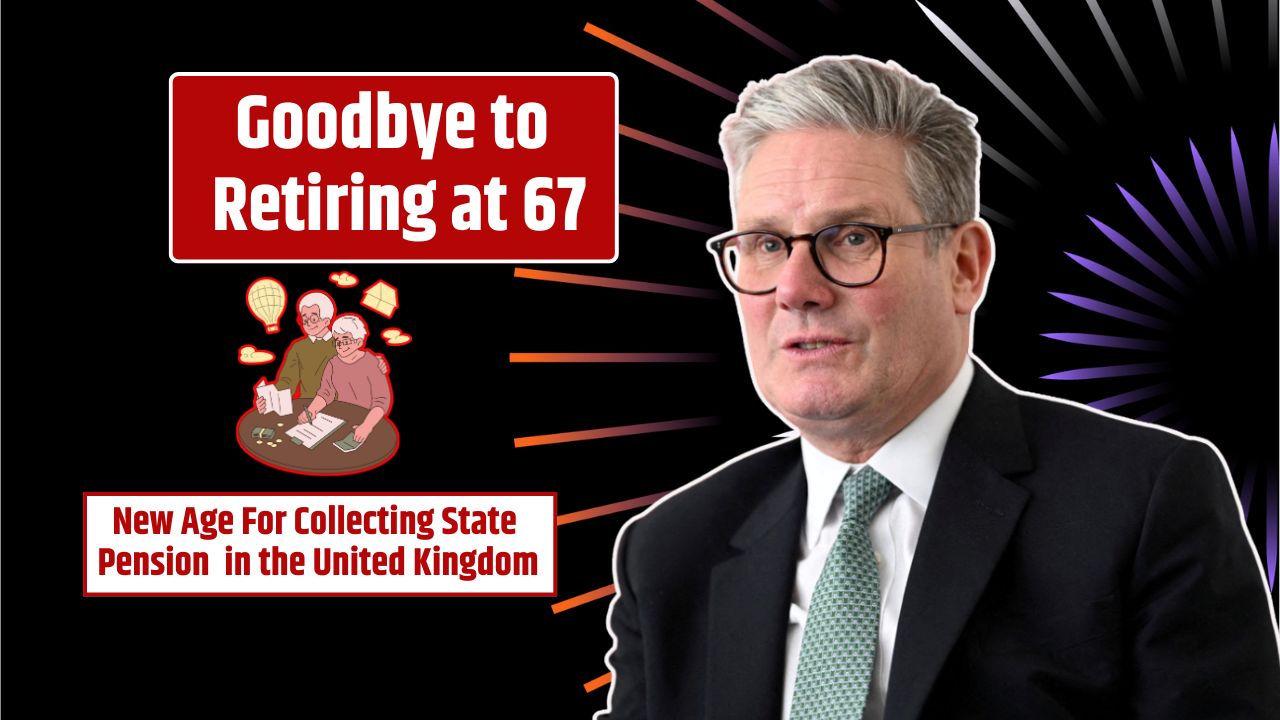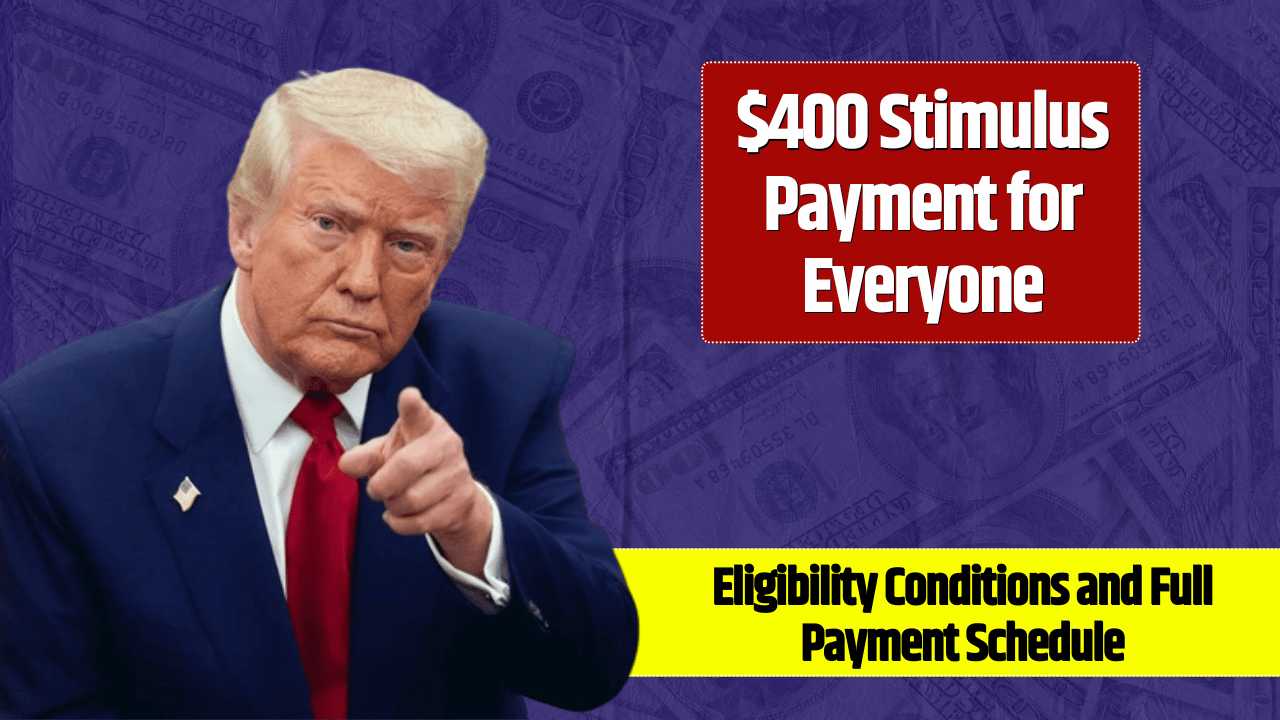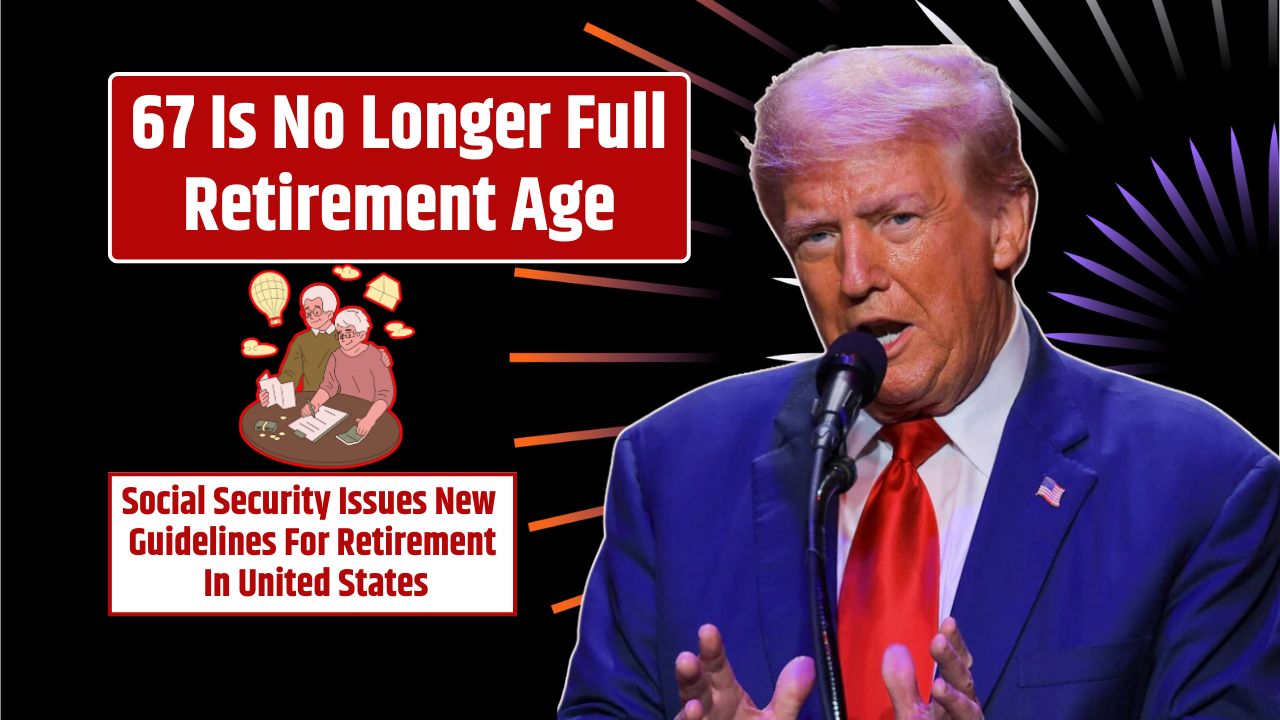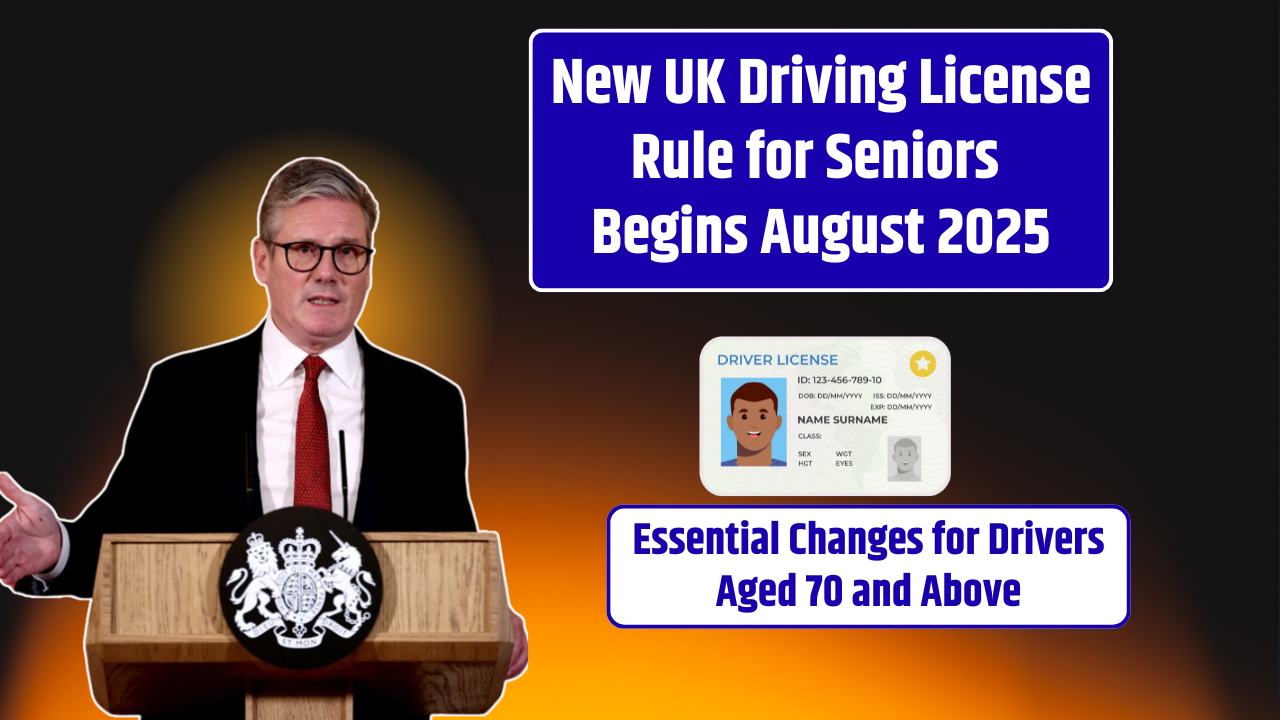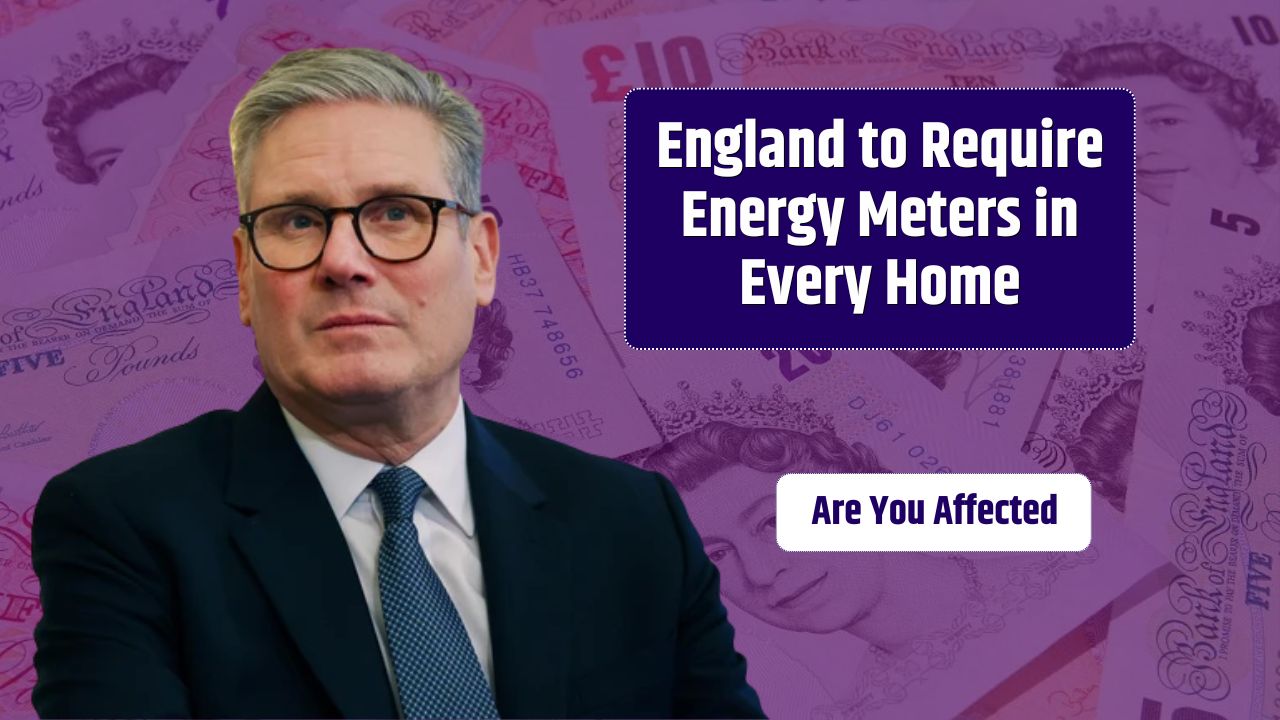The rising cost of living has hit Canadians hard in recent years, and in response, the federal government introduced a $250 GST Relief Payment in 2025. This one-time, tax-free payment is meant to ease some of the financial pressure by offering targeted support to low- and middle-income earners. If you’re wondering whether you qualify or how to receive the payment, this guide has you covered.
Table of Contents
Overview
The $250 GST Relief Payment is not a new program, but rather a supplement to existing benefits like the GST/HST Credit. If you’re eligible, the Canada Revenue Agency (CRA) will issue the payment automatically—no separate application is needed.
| Feature | Details |
|---|---|
| Payment Amount | $250 (tax-free) |
| Payment Date | Expected in July 2025 |
| Eligibility | Resident of Canada, filed 2023 taxes, earned income in 2023, income under $150,000 |
| Application Needed | No |
| Delivery Method | Direct deposit or cheque |
| Administered By | CRA |
| Info Source | CRA GST/HST Credit page |
Purpose
Why this payment? Inflation in Canada averaged around 3.9% in 2024, and everyday essentials—from groceries to rent—got more expensive. The $250 relief is designed to:
- Help low- and middle-income Canadians offset rising costs
- Provide help to those not covered by other supports
- Supplement existing programs like the GST/HST Credit and Canada Workers Benefit
It’s a small but important piece of the federal strategy to keep households financially afloat.
What Is It
The $250 GST Relief Payment is a one-time, non-taxable amount. That means you won’t have to report it on your 2025 tax return.
If you’re eligible, you’ll receive the payment automatically through direct deposit or cheque. The CRA determines who qualifies based on your 2023 tax return.
Eligibility
To qualify for the payment, you must:
- Be a Canadian citizen or permanent resident by December 31, 2023
- Have filed a 2023 income tax return
- Have a net income below $150,000 for 2023
- Have earned income from employment in 2023
Examples:
- Jane earned $45,000 and filed her 2023 taxes — she qualifies.
- Peter, a retired senior without work income in 2023 — he does not qualify.
How To Claim
No application is needed, but here’s how to make sure you don’t miss it:
Step 1: File your 2023 tax return
Even if you earned little or no income, filing is crucial. It’s how the CRA checks your eligibility.
Step 2: Set up CRA direct deposit
Direct deposit is faster than waiting for a cheque. You can set it up:
- Through CRA My Account
- Using your bank’s online services
Step 3: Keep CRA info up to date
Make sure your address, marital status, and banking info are correct.
Step 4: Monitor your CRA account
Watch for updates in your CRA portal to see when your payment is issued.
Who Should Watch
Even if you’re not eligible now, you may be soon. Keep an eye on this if you are:
- A student who worked in 2023
- A new worker who rejoined the workforce
- Someone already receiving the GST/HST Credit
CRA may notify you via email or through your online account.
When To Expect
Payments are expected to start rolling out in July 2025.
- If you use direct deposit, you’ll likely receive it faster
- Mailed cheques may take a few extra weeks
- Didn’t get it by mid-July? Call the CRA to follow up
Other Support
The $250 payment isn’t the only support out there. You might also qualify for:
- GST/HST Credit – paid quarterly
- Canada Child Benefit (CCB) – monthly payments for families
- Canada Workers Benefit (CWB) – a refundable tax credit
- Provincial programs – many provinces offer top-ups and special benefits
Take a few minutes to look into what else is available. It could add up to hundreds more in support.
FAQs
Who qualifies for the $250 GST Relief?
Canadian residents who filed 2023 taxes and earned income under $150,000.
Is this payment taxable income?
No, it is a tax-free, non-reportable payment.
When will I receive the $250 payment?
It’s expected in July 2025 by direct deposit or cheque.
Do I need to apply for the $250 benefit?
No, it’s issued automatically based on your tax return.
How do I update my banking info for CRA?
Use CRA My Account or your bank’s online service.

